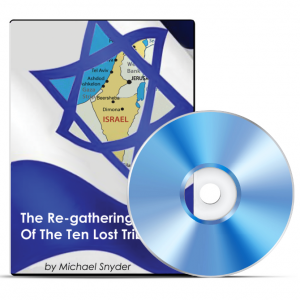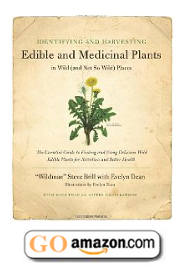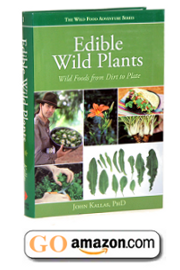Hunting is an option a lot of people don’t consider when it comes to procuring food, especially with most city slickers’ aversion to taking life. Yet anyone who eats meat is taking lives by proxy if not directly, and even vegans aren’t exempt from taking a toll on wildlife: space for growing plants for human consumption is space taken from animal habitats, dooming animals to either slow death by starvation or a quick one at the hands of farmers or industrial machinery should they trespass into the fields. Given these considerations, harvesting wild game for food, so long as it’s done at a sustainable level, is a perfectly ethical way of getting your sustenance, and one that prepares you for times of economic hardship or collapse. Be warned, though: while it isn’t rocket science, safely and efficiently hunting for and consuming game is not so simple to learn and it requires either the absence of squeamishness or the willingness to overcome it.
There are several ways to go about hunting, depending on your geographic location, season, and your method of choice. Trapping is seen by many as cruel, and it can be hazardous to other people, so it’s generally not a good idea, especially in areas where other people might also choose to wander. Firearms offer many options: A shotgun, has a limited effective range but doesn’t require precise aim. A rifle, on the other hand, needs careful aim and a more strategic approach to hunting. As far as moving towards acquiring an independent food supply goes though, firearms in general have the problem of needing ammunition, which is not present with using a bow and arrow since you can learn to craft your own arrowheads if necessary. Of course, since the skill level required for bowhunting is obviously high, your method of choice will have a lot to do with the amount of time you’re willing to spend learning the required skills.
Regardless of weapon, you should always try to learn from experienced teachers, and any practice you do on your own should be in a safe place, using stationary targets. Learning how to handle your weapon safely is key and should come before learning effective and accurate use.
Beginning hunters don’t just need to acquire the right marksmanship skills—you need to know what to do once your quarry is down. Since your quarry might go down some distance from you, tracking and finding it can be a challenge in itself, and you might want to train a good tracking dog to help you with this.
Once found, you need to inspect the carcass for signs of disease dangerous to humans. Since animals that grow in the wild aren’t given antibiotics or inoculations, it’s natural for them to have parasite infestations and fungal or bacterial infections. The key is to be able to identify when an animal is safe to eat and when it isn’t. Hunting with experienced hunters is one way to gain this knowledge, but you should definitely consult with the local fisheries and game office regarding any diseases in the area affecting your intended quarry. There are also a variety of online resources that you can tap in order to get a handle on what conditions are a risk to human health and what conditions can be safely ignored or can be dealt with using the proper precautions.
Once you’ve inspected the exterior of your catch and decided it’s satisfactory, you then have the choice of whether you’re going to take it back home or to camp for butchering or to dress your catch onsite. Factors to consider will obviously be the size of the animal, your available transport, and the terrain. Less obvious but also important are the temperature and whether or not your kill has a gut shot. Hot temperatures and gut shots are both very good reasons to dress your kill in the field rather than waiting till you get to camp and risking decomposition and contamination.
Butchery is also an art in its own right, and one of the best ways to learn is to dive right in with a seasoned veteran to guide you. Among the many details you need to prepare for is the use of a separate knife or saw for severing neural tissues such as the spinal cord. This is to avoid the possible contamination of the meat with prion-infected neural matter.
Since all these details can seem overwhelming, it’s generally best to start with small game and work your way upwards. Some species of small game are always in season, so you won’t have to worry about when to hunt, and if you check advisories by the local wildlife agencies, you should be up to date on the current health status of your intended prey.
If you live in or near any part of the country where deer can be hunted, deer is what you want to graduate to once you’ve trained to since you can get 50-75 lbs of meat per animal. Since deer usually have a bow-hunting season, a firearm hunting season, and in certain places a season for black-powder firearms, you’ll have many chances of bagging a deer in the course of a year.
Brandon Peters is an entrepreneur, writer, and outdoors enthusiast. He enjoys a variety of outdoor activities, including hunting and fishing.
Picture Credit- AFIELD A Chef’s Guide to Preparing and Cooking Wild Game and Fish- Amazon











